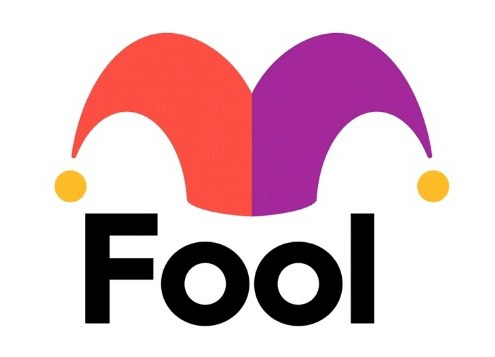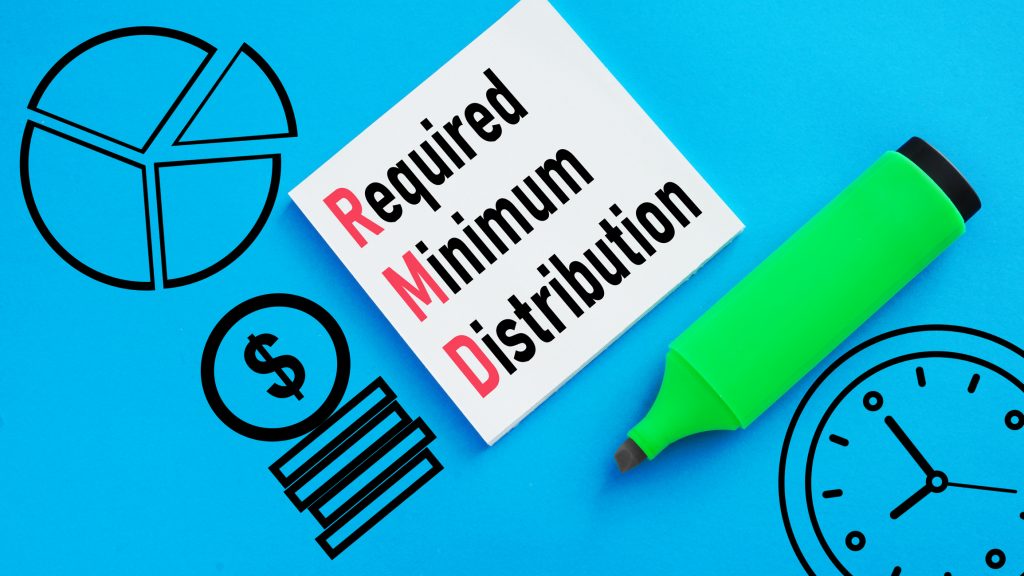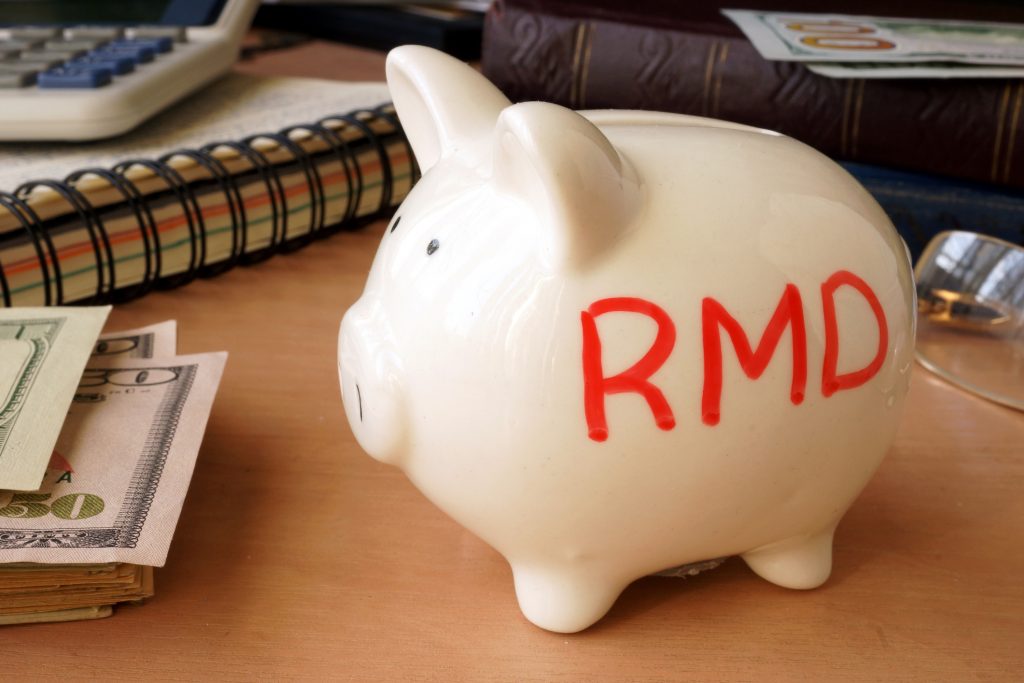How much are people utilizing their workplace’s retirement savings plan? It’s a question worth asking since the size of anyone’s retirement nest egg ultimately depends on how much they contribute to it in the meantime. The more you put in now, the more you’ll have later.
To this end, here’s a closer look at how much money people put into their 401(k) accounts last year and the added bonus they received as a result. If there was any doubt that these employer-sponsored accounts should be a prioritized way of building wealth, this just might convince you.
Start Your Mornings Smarter! Wake up with Breakfast news in your inbox every market day. Sign Up For Free »
The number
Cutting straight to the chase, retirement plan administrator Fidelity reports that participants in its 401(k) plans diverted an average of $8,800 of their 2024 salaries into these workplace retirement accounts. That’s up from 2023’s figure of $8,530, again according to Fidelity.
That’s not the noteworthy part of Fidelity’s look at how much money people are tucking away for retirement via their employer-offered plan, though. Far more interesting is the fact that these workers’ employers chipped in an average of $4,770 of their own money into each of these employees’ 401(k) accounts, bringing the full-year funding figure up to an average of $13,570.
This additional cash injection is usually called a matching contribution, although the amount of match can vary from one employer to the next. Most companies are willing to match anywhere between 50% and 100% of the amount that the employee is willing to put into their 401(k), up to a limit of anywhere between 3% and 6% of that worker’s salary (depending on the employer).
In this vein, Fidelity’s analysis of the retirement plans it administers indicates that 2024’s average match was 4.7% of employees’ pay. Baby Boomers and Generation X workers — who generally earn more and have more discretionary income to put toward retirement — did just a bit better than this average.
Your best bet for building wealth during your working years
There’s an important footnote to add here. That is, not all of this matching contribution is necessarily the employee’s to keep just yet.
Although 100% of employee’s own salary deferrals are always that worker’s money to keep no matter what, many companies also apply a vesting schedule to their matches. This means that only a growing portion of the employer’s contributions to a particular worker’s 401(k) account is fully his or hers until a minimum length of service has been achieved.
While each plan’s vesting rules are a little bit different, a fairly typical vesting schedule would only allow a worker to keep 20% of this matched money after the end of their second year of service, with an additional 20% added to this vesting figure every year thereafter. After the six-year mark is reached, all matched contributions automatically become 100% vested.
Conversely, some employers offer 100% vesting right out of the gate or anything in between. Again, it just depends on the company and its retirement plan.

Image source: Getty Images.
Whatever the case, free money is free money, even if you don’t intend to remain in your particular position for six or more years or whenever you’re fully vested.
The more important takeaway here for future retirees, however, is that 401(k) plans rather than traditional IRAs are often a better-suited retirement savings vehicle if only because their contribution limits are so much higher and — for most people — there’s at least some amount of additional contribution coming out of the employer’s pocket.
The most that anyone is allowed to contribute to an ordinary or Roth IRA this year is $7,000 for anyone under the age of 50 or a total of $8,000 for people aged 50 and up. Limits on workers’ salary deferrals to their 401(k) accounts, however, are markedly higher at $23,500 this year, or $31,000 for employees aged 50 years or older.
That’s just the ceiling on how much of their own money a worker can contribute to a 401(k) account, to be clear. Employers can put in even more, up to a combined limit of $70,000, or even more for the 50-and-up crowd. These higher caps, paired with any degree of employer matching contribution, mean workplace retirement accounts are usually your best bet for building wealth during your working years.
Sometimes less choice is better
You have more investment options with a self-directed IRA as opposed to most 401(k) plans, which are usually limited to the plan administrator’s mutual funds. It’s a fair observation. However, it’s not necessarily a legitimate complaint.
Most stock pickers — professional and amateur alike — underperform the market. A few of them might outperform from time to time. By and large, though, picking individual stocks is just tough to do. It’s even tougher when you have very little time to devote to the effort. As anybody employed at any job can attest, time is short these days.
Your best and highest-odds bet, therefore, is investing in mutual funds that can be bought and held for years on end with little to no monitoring. In other words, your lack of choice with most 401(k) plans is arguably more of a benefit than a drawback.
Bottom line? If you’re planning on sticking with your current employer for any meaningful length of time at all, maxing out your contributions to your 401(k) plan should be a priority. In most cases, it means there’s free money on the table just waiting for you to collect. Even if you don’t love how little you can do with these contributions, there are almost certainly enough fund choices with all 401(k) plans to grow your retirement nest egg effectively.
And while your contributions may not match Fidelity’s reported average, something is always better than nothing.
The $22,924 Social Security bonus most retirees completely overlook
If you’re like most Americans, you’re a few years (or more) behind on your retirement savings. But a handful of little-known “Social Security secrets” could help ensure a boost in your retirement income. For example: one easy trick could pay you as much as $22,924 more… each year! Once you learn how to maximize your Social Security benefits, we think you could retire confidently with the peace of mind we’re all after. Simply click here to discover how to learn more about these strategies.
View the “Social Security secrets” »
The Motley Fool has a disclosure policy.
 fool.com
fool.com benzinga.com
benzinga.com marketbeat.com
marketbeat.com



